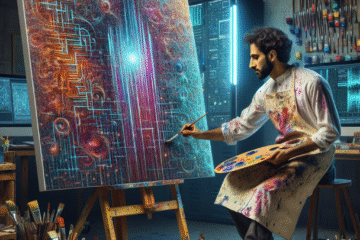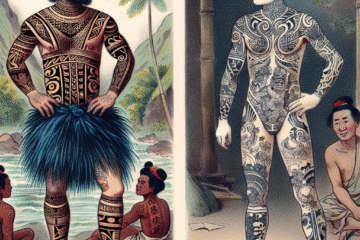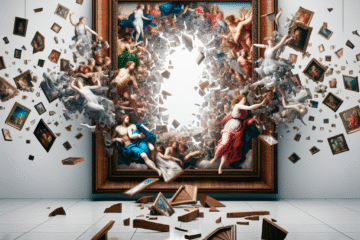Algorithmic Brushstrokes: The Rise of Neural Aesthetics in Contemporary Painting
Image title: Blind Orion Searching for the Rising Sun Medium: Oil on canvas Date: 1658 Source: The Met Collection “ Better it is to live one day seeing the rise and fall of things than to live a hundred years without ever seeing the rise and fall of things. ” — The Buddha Algorithmic Brushstrokes: The Rise of Neural Aesthetics in Contemporary Painting Introduction: Where Art Meets Algorithm In the evolving landscape of Read more…









